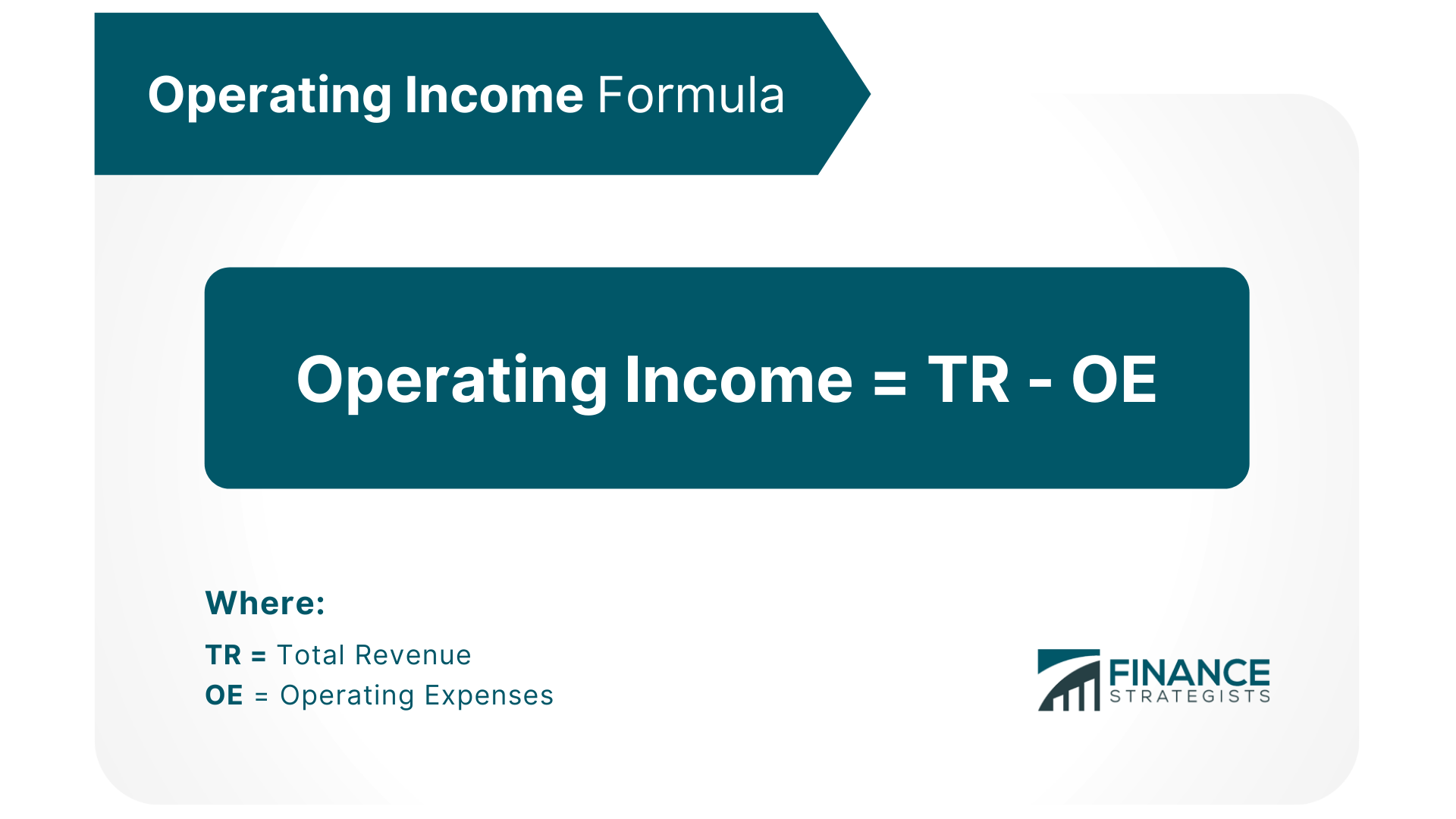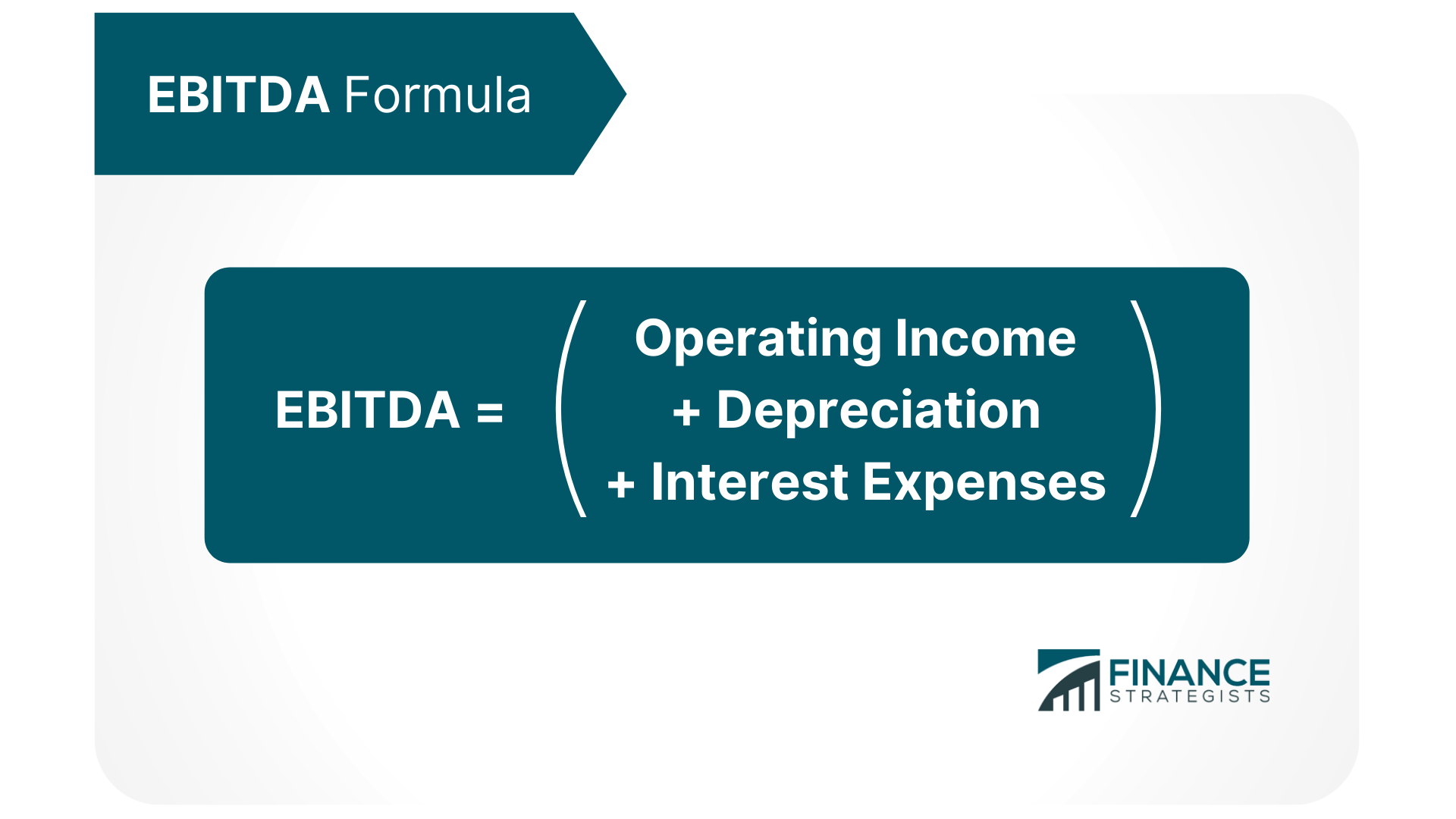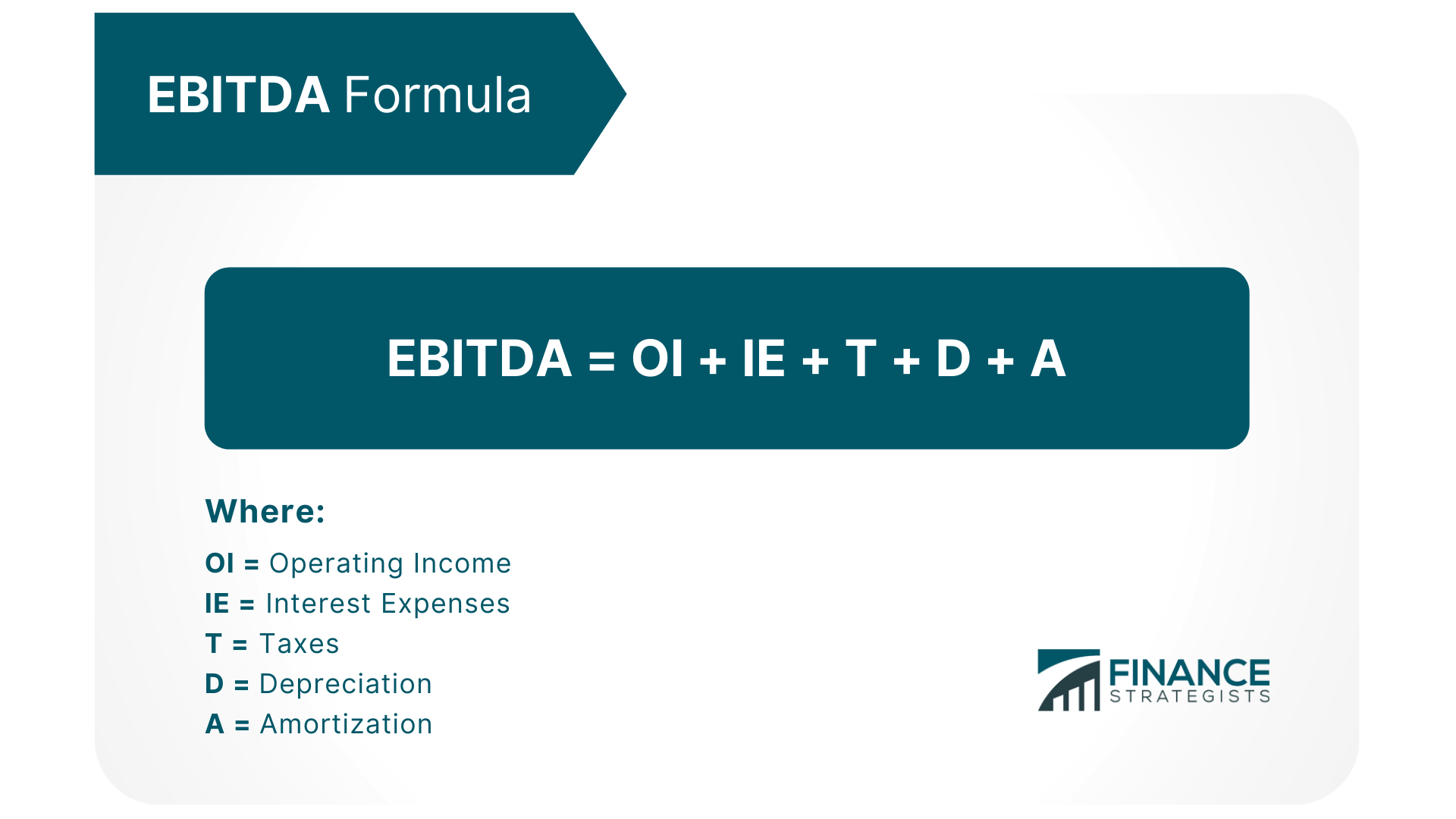Operating income is a term used in accounting to refer to the amount of money earned by an entity by providing goods or services, before subtracting costs for items such as depreciation or rent on real estate. For example, if you own a restaurant that had $100,000 in sales during this quarter and $20,000 worth of food costs, it would have a gross profit of $80,000 ($100,000 minus $20,000). The net profit is the difference between your total revenue and your costs. In this case netting out with $80,000 in income also equals operating income. To figure out your operating income, you will need to determine your total revenue and subtract all of the costs associated with running the business. To do so: Find your total revenue by adding up all of your sales and other income or cash in if you are a service based business. From there, add up any costs associated with providing this product or service. For example, if you are a restaurant or retail shop, include the cost of inventory, food costs and labor costs in your total revenue. If you are an online business, include subscription fees for internet services. Once you have all the necessary numbers totaled up, subtract it from your gross income to find your operating income. Thus, operating income is calculated by taking total revenue minus operating expenses. For example, Company ABC has total revenue of $1,000,000 and operating expenses of $500,000. The company's operating income is $500,000 ($1,000,000 minus 500,000). EBITDA stands for “earnings before interest, taxes, depreciation and amortization”. Basically, it is a way to estimate a business’s performance and is used as an alternative to measuring a company’s net income. Many investors and lenders use EBITDA as a measure of financial performance because it is simple, quick and easy to determine. EBITDA values are commonly presented in business plans or during interviews to give an idea of cash flow without too much detail or explanation needed. However, this financial ratio can be misleading because it doesn’t take a lot of details into consideration. Many companies can use certain legal or accounting strategies to make their EBITDA seem better than what it really is. For example, marketing expenses or costs of acquiring new clients may be included as part of operating expenses even though they aren't used in the day to day operations of the business. To calculate EBITDA you will need to follow these steps: Start with the operating income from your income statement and add back in any extraordinary or unusual charges, such as a loss on a sale of equipment, expenses from an accounting error, restructuring charges and/or litigation expenses. Determine how much depreciation you will add back in and add that value to the operating income too. Also add interest expenses back into your EBITDA calculations. If a company has net income, then it pays taxes on its earnings which means that the business also paid interest expenses during this time period, and these must be added back when calculating EBITDA. This EBITDA formula looks like this: For example, Company XYZ has an operating income of $200,000. If this business spent $15,000 in depreciation and $50,000 for interest expenses during the same year, then it would calculate EBITDA like this: EBITDA = 200, 000 + 15,000 + 50,000 EBITDA = $265, 000 Another way to calculate EBITDA is by adding back interest, taxes, depreciation and amortization into your operating income. This EBITDA formula looks like this: This is not as common, but can still be useful in certain situations. Operating income measures the profitability of operations while EBITDA focuses on the overall earnings potential for a business by looking at its operational efficiency, liquidity and asset usage. There are two major differences between these two financial metrics: Both operating income and EBITDA are helpful tools when analyzing the performance of a company, but it really depends on what you are looking for or trying to figure out. If your goal is to get an idea of how effective a company is at generating cash flow, then EBITDA is a good option to choose. If you want to get a better picture of the financial performance of a business, then operating income is a better choice. For example, let’s say that Company XYZ’s operating income was -$200,000 and its EBITDA was $265,000. Since operating income is negative, this means that the business lost money. However, EBITDA looks better since it’s positive and shows that the company was able to turn a profit. It’s important to keep in mind that both of these metrics can be manipulated by changing accounting methods or using different definitions for charges. This is why it’s important to look at both metrics when evaluating a business. It's also a very good idea to compare the two numbers to those from previous years and across similar companies in order to validate the metrics. In general, you should use operating income if you are looking for a more accurate picture of how well the business is performing from an operational standpoint, while EBITDA is more useful when examining the earnings potential of a company. What Is Operating Income?
How to Calculate Operating Income

What Is EBITDA?
How to Calculate EBITDA


Key Differences Between Operating Income and EBITDA
When Should You Use One Over the Other
Operating Income vs EBITDA FAQs
Operating income, also referred to as operating profit or earnings before interest and taxes (EBIT), is a measure of financial performance calculated as revenue minus expenses, excluding tax and interest. It is the amount of profit realized by a business after deducting all costs incurred in running it, such as salaries, materials, rent, and other operating expenses.
EBITDA stands for Earnings Before Interest, Taxes, Depreciation, and Amortization. It is a measure of profitability that helps to evaluate the financial performance of a company by excluding non-operating costs such as financing expenses, taxes, depreciation, and amortization.
Operating income measures the profit from a business's core operations, while EBITDA additionally removes depreciation and amortization expenses which are non-cash costs. As such, EBITDA is often considered to be a more accurate measure of operational efficiency than operating income.
Operating income is useful in evaluating the profitability of a business's core operations, and can provide insight into factors such as pricing decisions and cost structure. It is also simpler to calculate and presents fewer opportunities for manipulation than EBITDA.
EBITDA is a more comprehensive measure of profitability and can provide valuable insight into how efficiently a business is operating. It eliminates the effects of non-operating costs – such as financing expenses, taxes, and depreciation and amortization – which can distort analyses of a business's profitability. Additionally, it is more difficult to manipulate EBITDA than operating income figures.
True Tamplin is a published author, public speaker, CEO of UpDigital, and founder of Finance Strategists.
True is a Certified Educator in Personal Finance (CEPF®), author of The Handy Financial Ratios Guide, a member of the Society for Advancing Business Editing and Writing, contributes to his financial education site, Finance Strategists, and has spoken to various financial communities such as the CFA Institute, as well as university students like his Alma mater, Biola University, where he received a bachelor of science in business and data analytics.
To learn more about True, visit his personal website or view his author profiles on Amazon, Nasdaq and Forbes.















